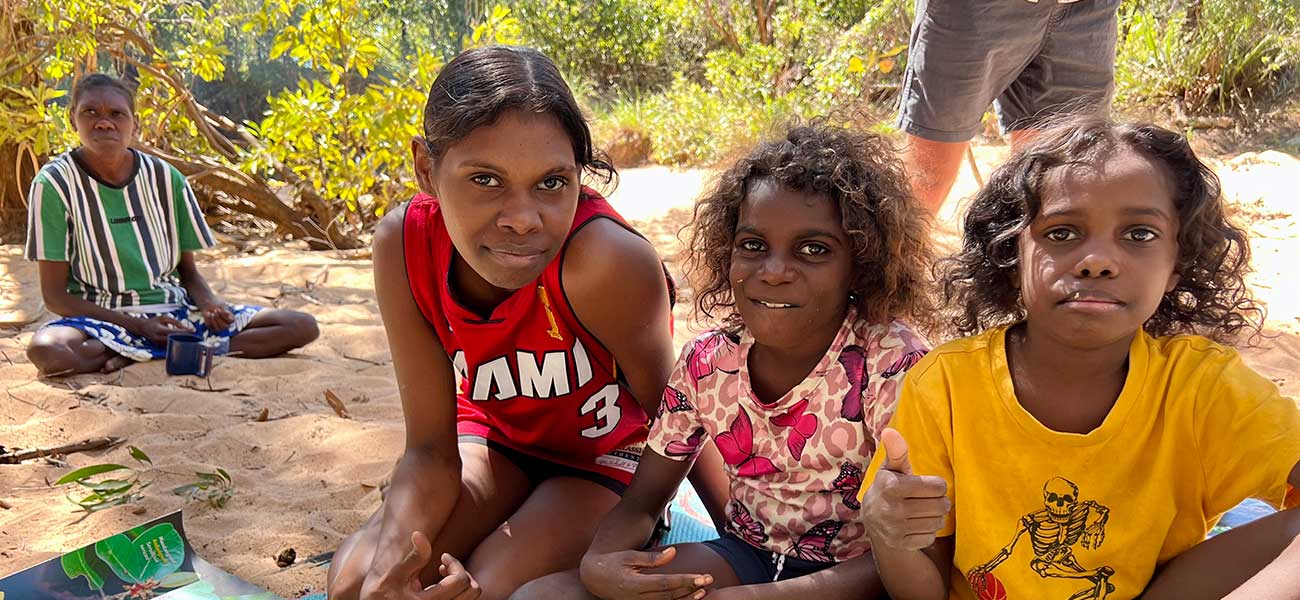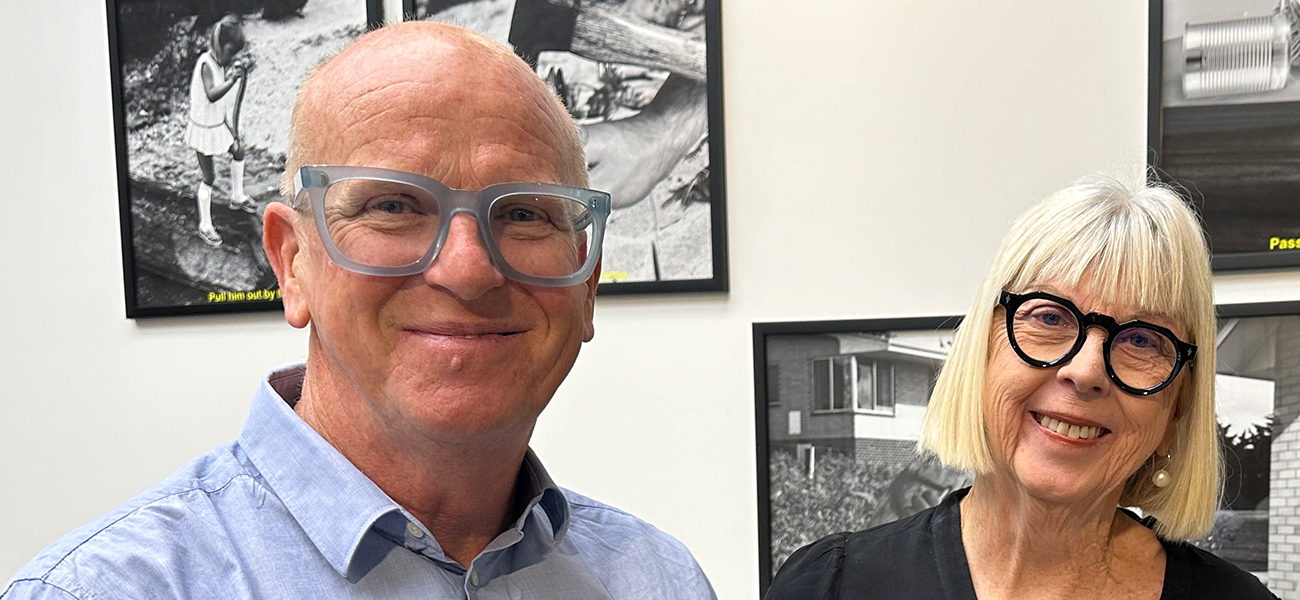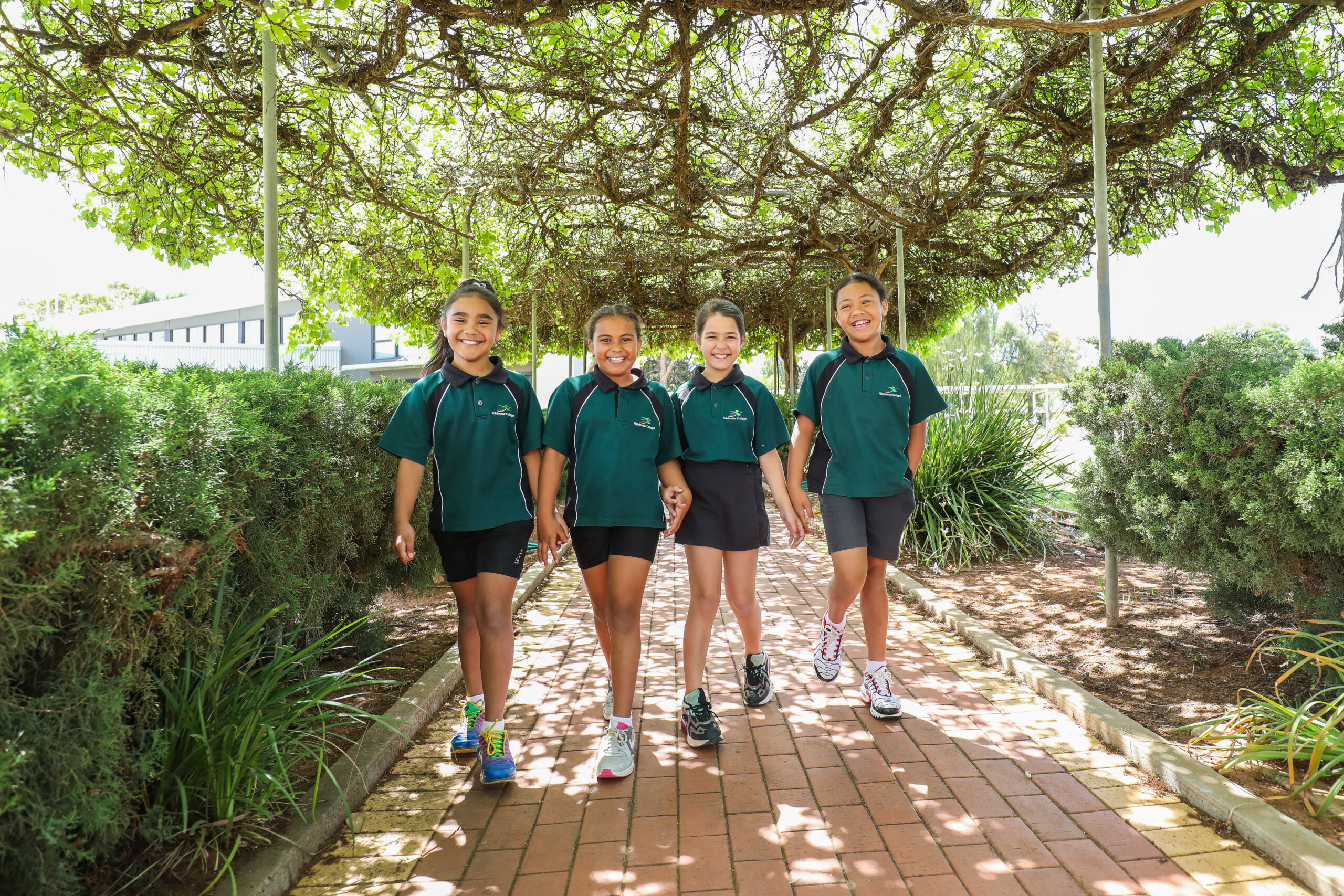Now celebrated by the OECD and others as an exemplar of a dynamic 21st century learning ethos, it embodies much of the innovation talk about education. It’s been a grassroots, whole-of-school effort, with staff and students making highly practical interventions to the traditional school day routine, the school community, and even the school grounds. Alberton Primary shrugs off its government-labeled ‘category 2’ status as a disadvantaged school, and focuses instead on nourishing its ‘kinship network’, keeping a 350-strong family of teachers and learners engaged and inspired.
Discovery, Success, Diversity, Wellbeing and Belonging – these are the school’s values that have underpinned the overhaul. The impact, notes one government review, has been dramatic, boosting literacy and numeracy levels, lowering behavioural issues, and resulting in students who are more relaxed, show stronger initiative, and have better social, organisational and leadership skills.
Some of the changes involved shaking up class size and cohort. ‘Magpie’ groups now have up to forty-five students between 6-13 years old and two teachers each. Classrooms have also been de-institutionalised to become open, flexible and friendly educational spaces. To keep learning relevant, real problems are put on the (up-cycled) table (or couch, or workbench). A group of 8-10 year olds, for instance, were recently given responsibility for measuring and co-designing their Aboriginal Centre ready for construction. This kind of intense project-based work often involves cross-disciplinary learning, pulling in priorities from the school’s “e-SMART” agenda: Early Years, the Sciences, Mathematics, the Arts (including literary), Relationships and Technologies. There are also places to pursue specialisms, like the Reggio Emilia inspired Visual Art Studio, or the impressive Life Sciences Centre.
Another of Alberton’s strategies has been to integrate physical fitness activities at the start of every day, supporting the health and learning readiness of students. And then there is the “Discovery” program. Embedded into afternoons, it is where teachers assist children in pursing their own interests and hobbies, allowing quality time for creativity, inquiry, problem solving and collaboration. The school builds in high levels of reflexivity, with students learning how to prepare and chart their goals and progress in personal Student Learning Plans. Literacy and numeracy are also given concentrated time and novel, cross-curricula approaches. There are daily reading times across the school, for example, with younger students having someone listen to them read every day.
This is a school that gives agency and voice to its constituents. It is one of the reasons behind the creation of a Children’s Parliament, which has eight ministries and genuine power and influence. Young people input and lead change on a wide range of matters, from policy and curriculum to extra-curricular projects and school facilities. In an academic paper on the importance of this forum, one Alberton student is quoted as saying, “it gives you a sense of responsibility and helps the children grow as people, not just as students.”
Teachers are also given strong ownership and accountability of the school’s vision and its practical manifestation. In his article The Esssence of Alberton, the principal, Andrew Plastow, explains that this has been key to optimizing morale and effectiveness. “We created the school structures so only we are to blame if they don’t work. This drives a stronger work ethic than any centrally administered framework could hope to achieve. We have collectively developed a culture of change, high expectations and commitment to the school’s philosophy.”
With an innovation hub such as Alberton Primary School, there is always more to say. Like any vital ecosystem, it continues to change and grow and respond. Currently, to redress the female ‘drift’ away from science, the school is planning a fragrance farm for cosmetics production. It’s also pursuing resources for a stronger Artists and Authors in Residence program, and expanding digital infrastructure. In an era where too many students experience school as irrelevant, inflexible and dull, the Alberton model proves it really can, and should, be otherwise.
This is an example of an excellent creative learning program featured in Dr Julie Robson and Teya Dusseldorp’s paper, ‘Creative Learning: A Necessity not an Option’.
Click here to read more.
Words By: Dr Julie Robson.
Photo Caption: Victoria and Paige with Winston the Western Woma python, a special member of the Life Sciences Centre.



